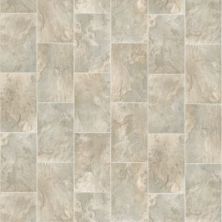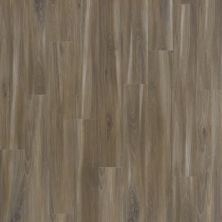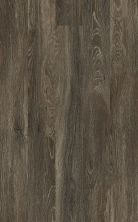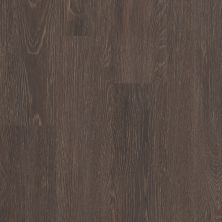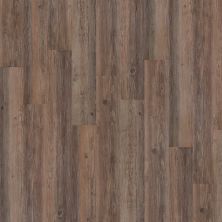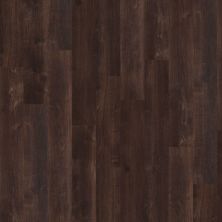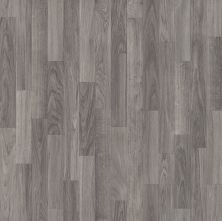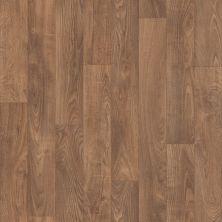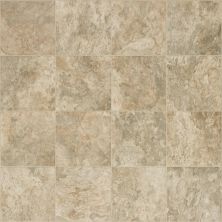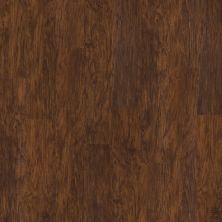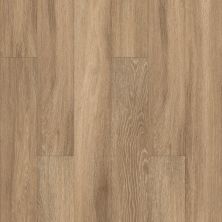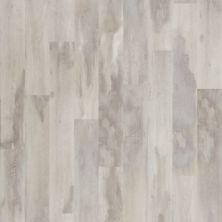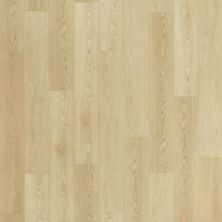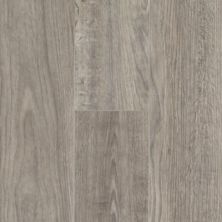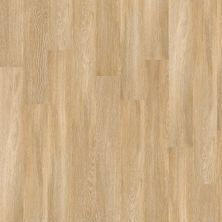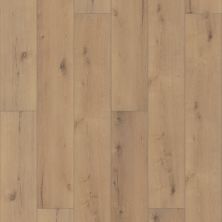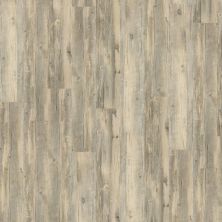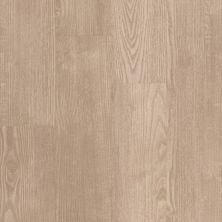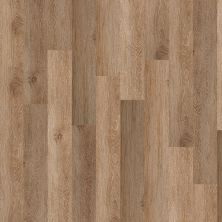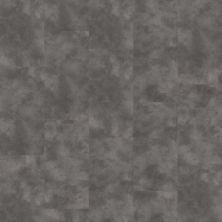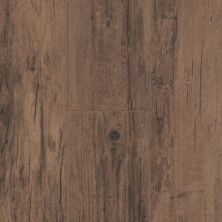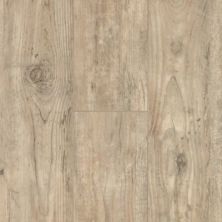Vinyl Flooring
About Vinyl Flooring from Stine
At Stine Home + Yard we carry stylish, quality Vinyl flooring that will create the look you want in your home. Choose from our large selection of Vinyl, available in a variety of colors, styles, designs, and patterns, so you can find the product perfect for you. Vinyl flooring is made to mimic the look of natural wood or stone flooring, but it is available at a fraction of the price and is easier to install. Plus, Vinyl flooring is one of the most durable options available because it is resistant to fading, scratching, wear and tear, stains, and moisture. So it is kid-friendly, pet-friendly, and it can stand up to even the busiest of households and high-traffic areas for a worry free flooring. You will love your new Vinyl floors from Stine Home.
Rigid Core vs Peel & Stick
Whether you choose rigid core or peel and stick vinyl flooring will depend on your performance needs and budget. Both are available in a wide variety of colors and patterns and are affordable, low-maintenance flooring options. There are some differences to consider.
Rigid Core vinyl flooring has been engineered with a core construction to give it added stability and durability. It is a sturdier vinyl flooring option that also helps make it look even more like
wood or tile floors. Rigid core vinyl flooring is completely waterproof, making it an ideal option for bathrooms, laundry rooms, basements, mud rooms, and kitchens. The dense construction of rigid core vinyl also makes it absorb sound better and more comfortable underfoot. The tongue and groove installation method makes this flooring a great option for a DIY project.
Peel and Stick vinyl flooring is one of the easiest types of flooring to install because it can be simply stuck to the floor in a matter of minutes. To install, you peel off the protective layer to reveal adhesive and then stick the plank or tile to your floors. Peel and stick vinyl floors are water-resistant and available in a variety of wood-look and tile-look patterns. They are the fastest way to update the look of any room.
Types of Vinyl Flooring
No matter your personal style, you’ll find a Vinyl flooring to match. The main types are Vinyl plank (LVP) and Vinyl tile (LVT).
Vinyl Plank flooring is made to mimic the look of hardwood flooring. You will find a wide selection of flooring featuring beautiful characteristics, textures, and shades of natural wood floors. Vinyl plank flooring is a great choice in rooms prone to moisture where hardwood is not ideal, such as your bathroom, laundry room, or below grade. Plus, Vinyl plank is available at a fraction of the price of hardwood and it is easier to install.
Vinyl Tile flooring is made to mimic the look of natural stone or tile flooring. With Vinyl tile you will find a large variety of flooring featuring beautiful designs, styles, colors, and patterns of natural stone or tile flooring. Vinyl tile is a great choice in any room where you want more comfort underfoot than tile provides. Plus, it is more affordable and easier to install than tile.
Vinyl Flooring Installation
Vinyl flooring is one of the easiest types of flooring to install, making it the perfect choice for someone who likes to do their own home improvement projects or the budget-conscious. Vinyl flooring has different installation methods, including click lock, floating, and glue down flooring options. It can also be installed over many existing floors, including concrete, wood, or even another vinyl floor. Begin by measuring your room to make sure you have all the materials you need, and then prepare your subfloors. Make sure you acclimate your unopened Vinyl flooring for 48 hours before beginning your project. Then you will be ready to install your new Vinyl flooring. For more information on installation, consult our how-to guide
